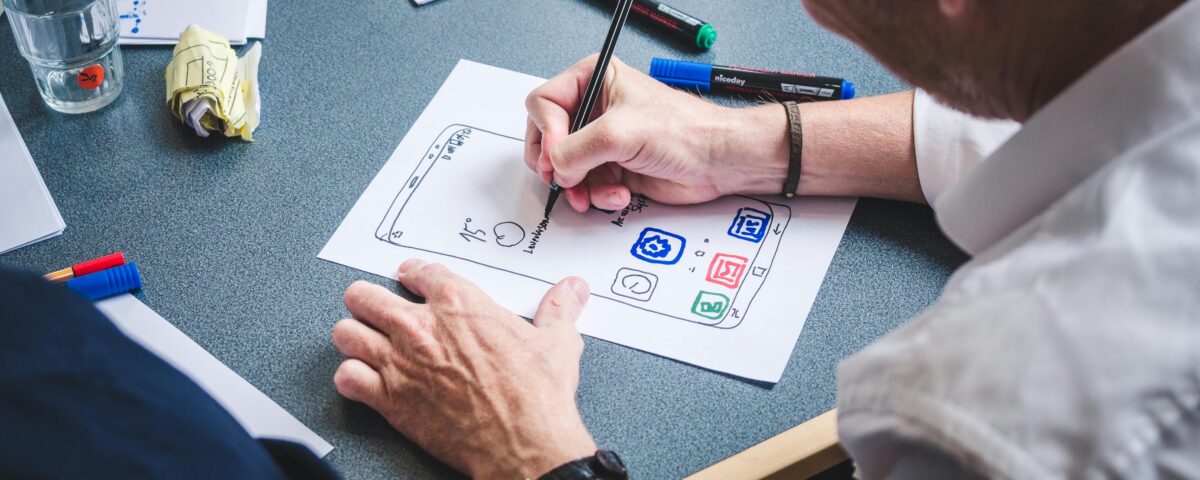In today’s competitive digital landscape, web design plays a crucial role in user experience, brand perception, and SEO. But many web designers—especially freelancers and creative perfectionists—often find themselves stuck in the minutiae: tweaking fonts, realigning buttons, or debating over shades of the same color.
While polishing your work is important, over-focusing on minor details can paralyze productivity and kill momentum. If you’re a designer who constantly finds yourself redesigning sections for the third time or missing deadlines, this post is for you.
Let’s explore why this happens, what it’s costing you, and how to shift toward smarter, SEO-friendly, and user-focused web design.
 The Perfectionism Trap in Web Design
The Perfectionism Trap in Web Design
Spending hours perfecting spacing, hover effects, or typography might feel productive—but in reality, it often delays launch dates, bloats the creative process, and frustrates clients.
Common signs you’re stuck in the details:
-
Rebuilding the same section with minor visual changes.
-
Changing button styles without UX impact.
-
Micromanaging font weights and line heights endlessly.
-
Ignoring mobile responsiveness or speed while perfecting desktop views.
 Why It Happens
Why It Happens
1. Fear of Negative Feedback
Designers want their work to impress clients and peers, which can lead to over-correction.
2. No Clear Objective
If the site’s primary purpose isn’t defined—like whether it’s for lead generation, sales, or SEO—you may default to visuals instead of results.
3. Inspiration Overload
With endless design examples online, designers often compare their work constantly, leading to indecision.
4. Lack of Workflow
Without structured steps or milestones, you may keep refining the same part instead of progressing through the design.
 The Real Cost of Getting Stuck
The Real Cost of Getting Stuck
-
Project delays and missed client deadlines
-
Lower profitability for freelancers or agencies
-
Lack of focus on SEO, site speed, or conversion optimization
-
Poor user experience (UX) due to ignored functionality
 How to Break Free and Deliver Better Results
How to Break Free and Deliver Better Results
1. Prioritize Function Over Form
Design with a purpose. Focus on usability, site speed, and conversion flow before obsessing over the visuals.
2. Create a Design System
Set rules for spacing, color, buttons, and typography early in the project. It prevents rework and maintains consistency.
3. Implement Time Constraints
Limit how long you spend on each design phase—e.g., 1 hour for typography, 2 hours for hero section layout.
4. Follow a Workflow
Use structured stages:
-
Wireframes
-
Mockups
-
Client approval
-
Development
-
Testing
This ensures progress without endless redesigns.
5. Get Feedback Early
Show rough drafts. Early input saves hours of rework later and ensures alignment with the client’s goals.
6. Design with SEO in Mind
Shift some energy from visual tweaking to SEO:
-
Use keyword-rich headings
-
Optimize image alt tags
-
Prioritize mobile-first design
-
Improve site speed and semantic HTML
7. Embrace User-Centric Design
Ask yourself:
-
Can users find what they need fast?
-
Are CTAs clear?
-
Is the site intuitive on mobile?
User experience (UX) should always outweigh aesthetic perfection.
 Final Thoughts
Final Thoughts
It’s natural for creative professionals to want to deliver their best. But perfectionism in web design can lead to stalled progress and subpar outcomes. Instead, focus on functionality, process, user experience, and SEO optimization.
Deliver websites that are:
-
Visually strong
-
High-performing
-
Mobile-responsive
-
Fast-loading
-
SEO-friendly
-
Built with purpose
When in doubt, ask: “Will this detail make a measurable impact for the user or the client?” If not—move on.
Looking for a web design partner that balances creativity with performance?
At Mediacon.co, we help businesses design smart, scalable, and SEO-optimized websites that get results. Contact us today to start your next project.




